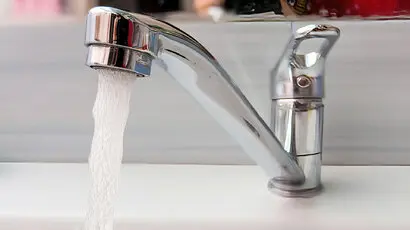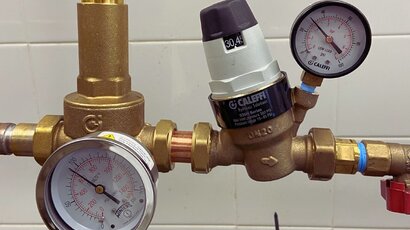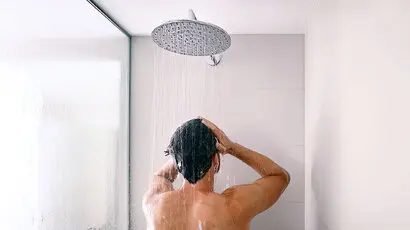Upgrading Your Plumbing System for Better Water Pressure
Discover the key factors that impact water pressure and explore expert tips to enhance your plumbing system’s performance.
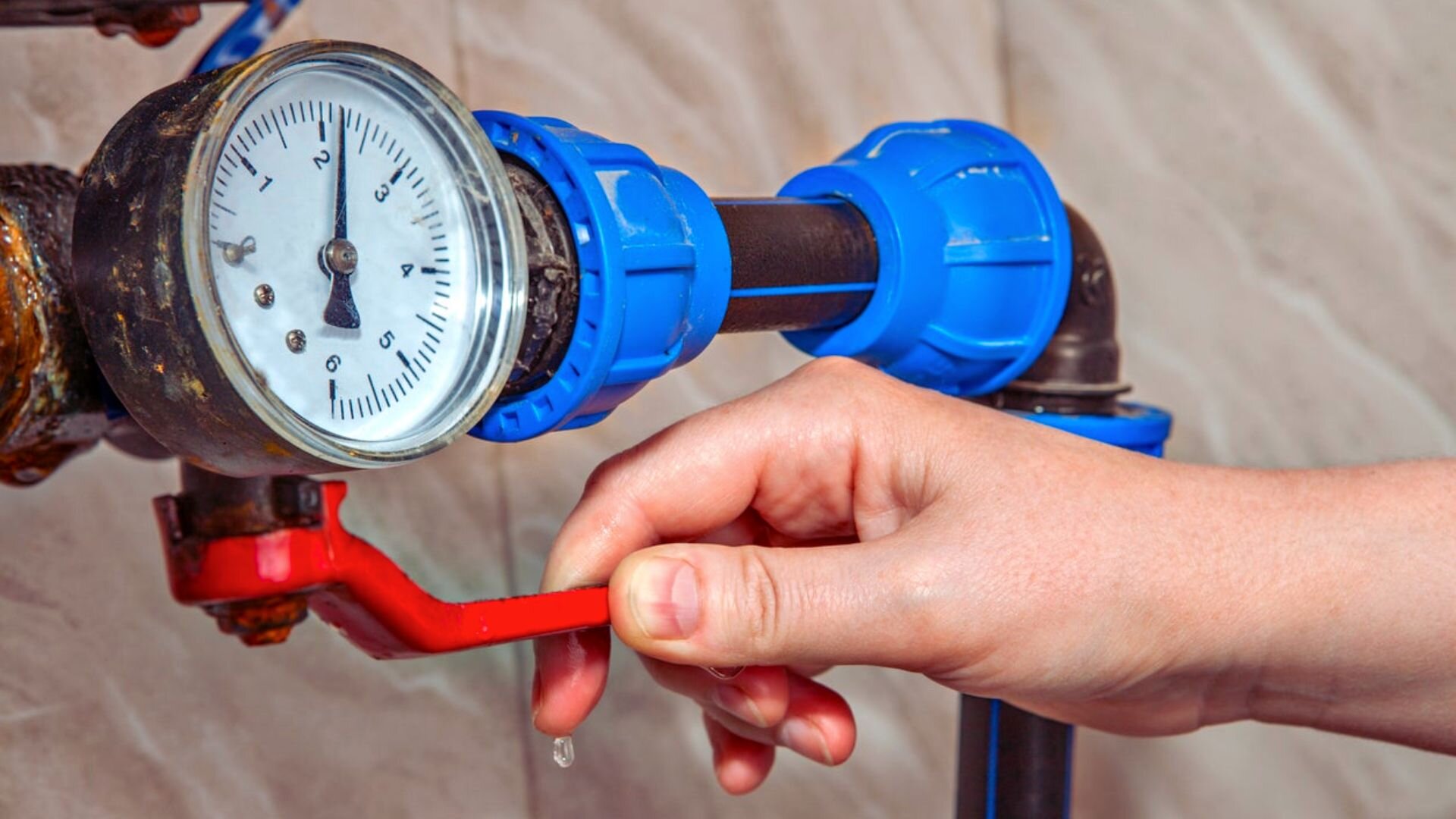
If you’ve ever been annoyed by weak water flow or inconsistent pressure, you’re not on your own. Join us as we guide you through the ins and outs of plumbing upgrades, showing you how to turn your water pressure from mediocre to amazing.
Whether you’re at home wanting refreshing showers or running a business keen on efficient water use, we’re here for you. Wave goodbye to trickling taps and welcome revitalising streams – let’s kick off this journey to boost your water flow together!
Being a conscientious homeowner means being ready for unexpected situations, especially when it comes to plumbing. A prepared emergency plumbing plan can save the day, helping you avoid serious damage, pricey repairs, and a lot of stress. Here are some must-haves for your plan:
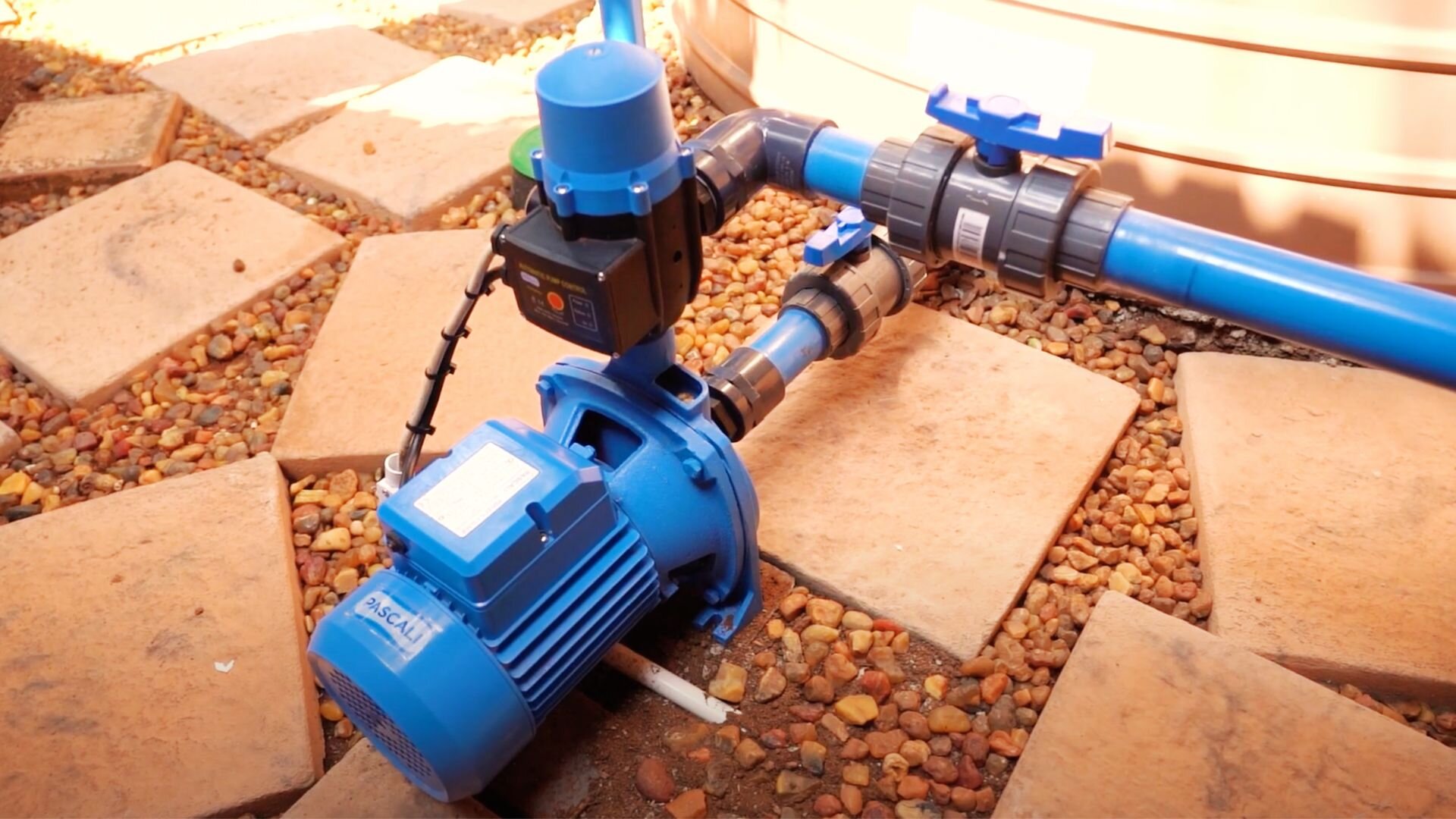
With a well-organised emergency plumbing plan, you’re actively protecting your home and loved ones. Quick, informed action during a plumbing crisis can really cut down on damage and stress, making it easier to handle the situation. Keep in mind, while DIY fixes might work for small problems, getting professional help for big plumbing emergencies is always the best route.
Water pressure plays a vital role in the functionality of plumbing systems and household appliances. When understanding water pressure issues, it’s essential to grasp the concept of water pressure itself.
Water pressure is the force that pushes water through pipes and into various fixtures.Low water pressure can result in sluggish or inadequate flow from faucets and showers, impacting daily tasks. On the other hand, excessively high water pressure can lead to pipe damage, leaks, and waste of water resources.
Several factors can contribute to water pressure problems. For example, clogs or pipe blockages can restrict water flow due to mineral deposits or debris accumulation.
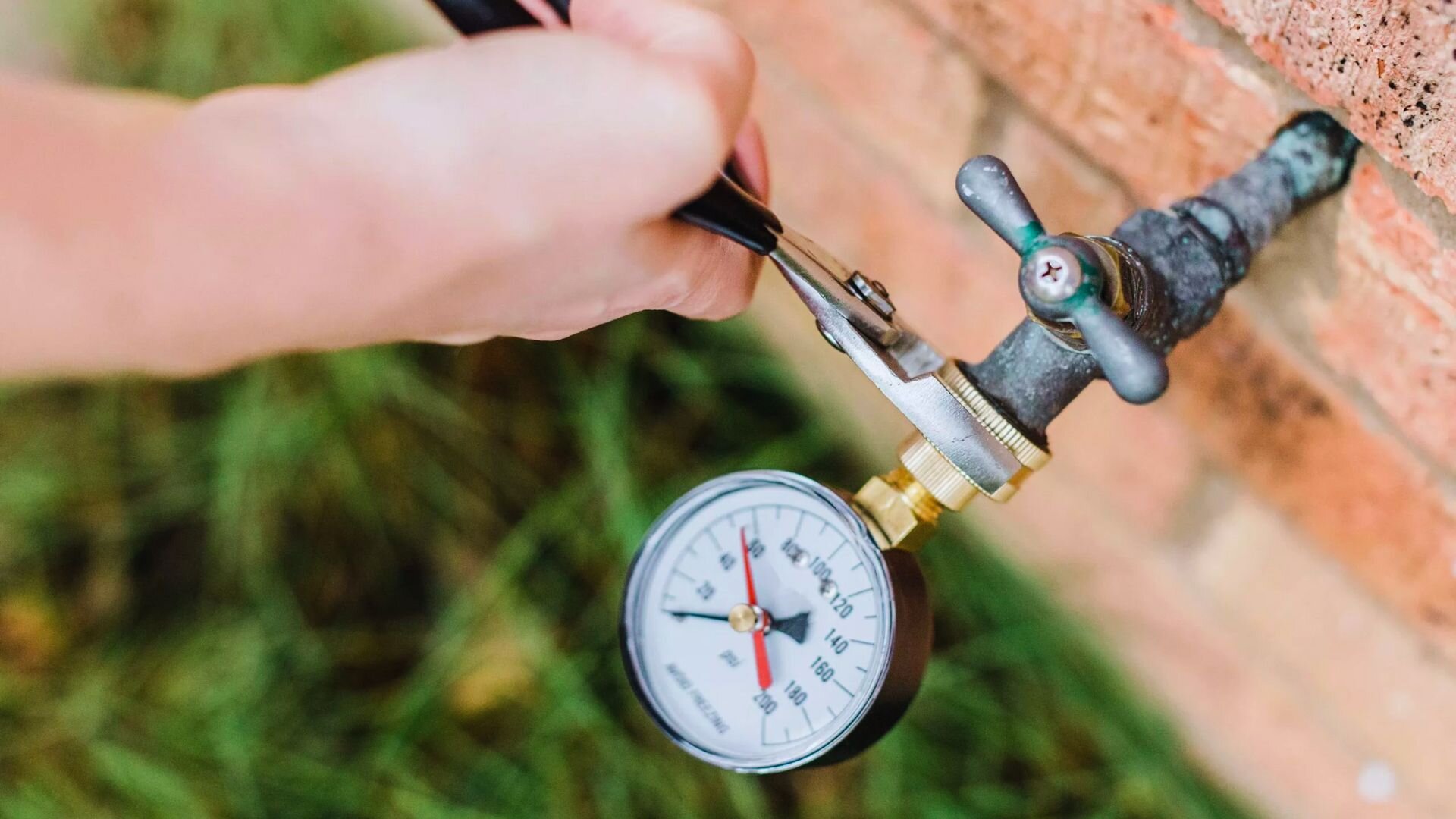
Malfunctioning pressure regulators or pressure-reducing valves, which control water pressure entering a home, can also lead to inconsistencies. In some cases, the municipal water supply might experience fluctuations, affecting water pressure throughout the area.
To address water pressure issues effectively, diagnosing the root cause is crucial. This often requires the expertise of a professional plumber who can assess the system, identify the specific problem, and recommend appropriate solutions. These include cleaning or replacing clogged pipes, repairing or replacing broken pressure regulators, or even installing additional equipment to stabilise water pressure.
The water pressure within a plumbing system is influenced by various factors determining the force at which water flows through pipes and fixtures. One crucial factor is the elevation of the water source relative to the property it serves. Gravity contributes to water pressure, with higher water sources generally providing stronger pressure.
The diameter and condition of pipes also play a significant role. Narrow pipes or those obstructed by mineral deposits and debris can hinder water flow, reducing pressure. Conversely, wider pipes allow for smoother water movement and better pressure distribution.
Water pressure regulators are vital components that control the incoming water pressure from the main supply. Look on the main water supply pipe near your water meter for a conical valve with a bolt sticking out of the cone.
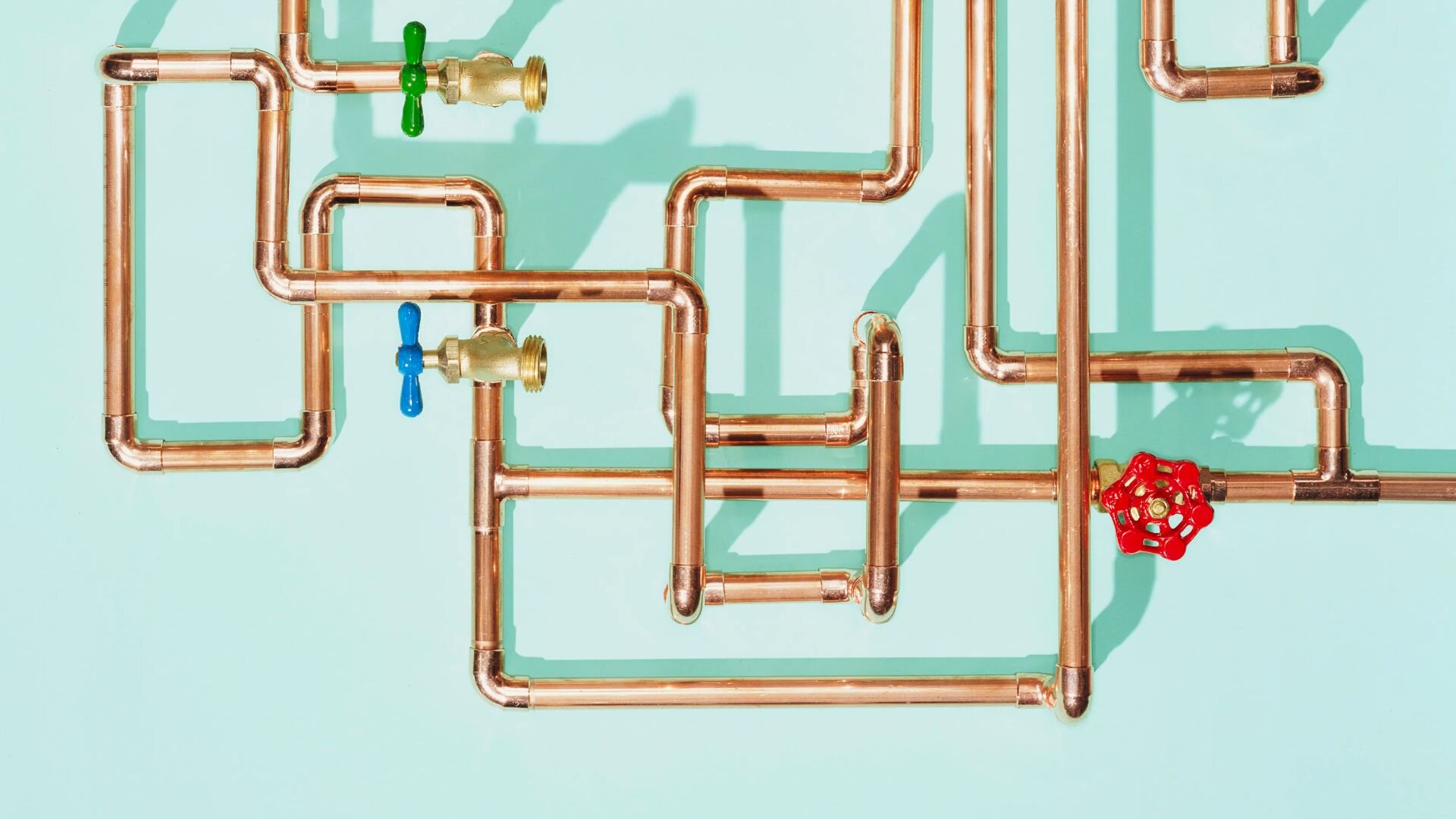
If this water pressure regulator malfunctions or is not adjusted correctly, it can lead to inconsistent water pressure. Municipal water supply fluctuations due to demand variations or maintenance can further impact water pressure levels.
Additionally, the number of open fixtures affects water pressure. When multiple fixtures are used simultaneously, the pressure is divided among them, potentially leading to reduced flow from each. Household appliances, such as washing machines and dishwashers, that require substantial water can also affect pressure when active.
Low water pressure can be an inconvenience that affects various aspects of daily life. Recognising the signs of low water pressure early on can help you address the issue promptly and restore the comfort and efficiency of your water usage. Here are some common indicators to watch out for:
If your washing machine, dishwasher, or toilet tank takes longer than usual, it could indicate low water pressure. Reduced pressure can hinder the efficient operation of these appliances, leading to extended cycle times.
When you turn on the faucet, shower, or any other water outlet and notice a weak stream of water, it’s likely due to low water pressure. Inadequate pressure can make simple tasks like rinsing dishes or showering less effective and time-consuming.
Low water pressure can cause water to drip or trickle from your showerhead or faucet even when they’re turned off. This continuous leakage often indicates that the pressure isn’t sufficient to shut off the water flow fully.
Low water pressure might be the culprit if you experience sudden shifts in water temperature while taking a shower. Fluctuating pressure can change the balance between hot and cold water, resulting in uncomfortable temperature variations.
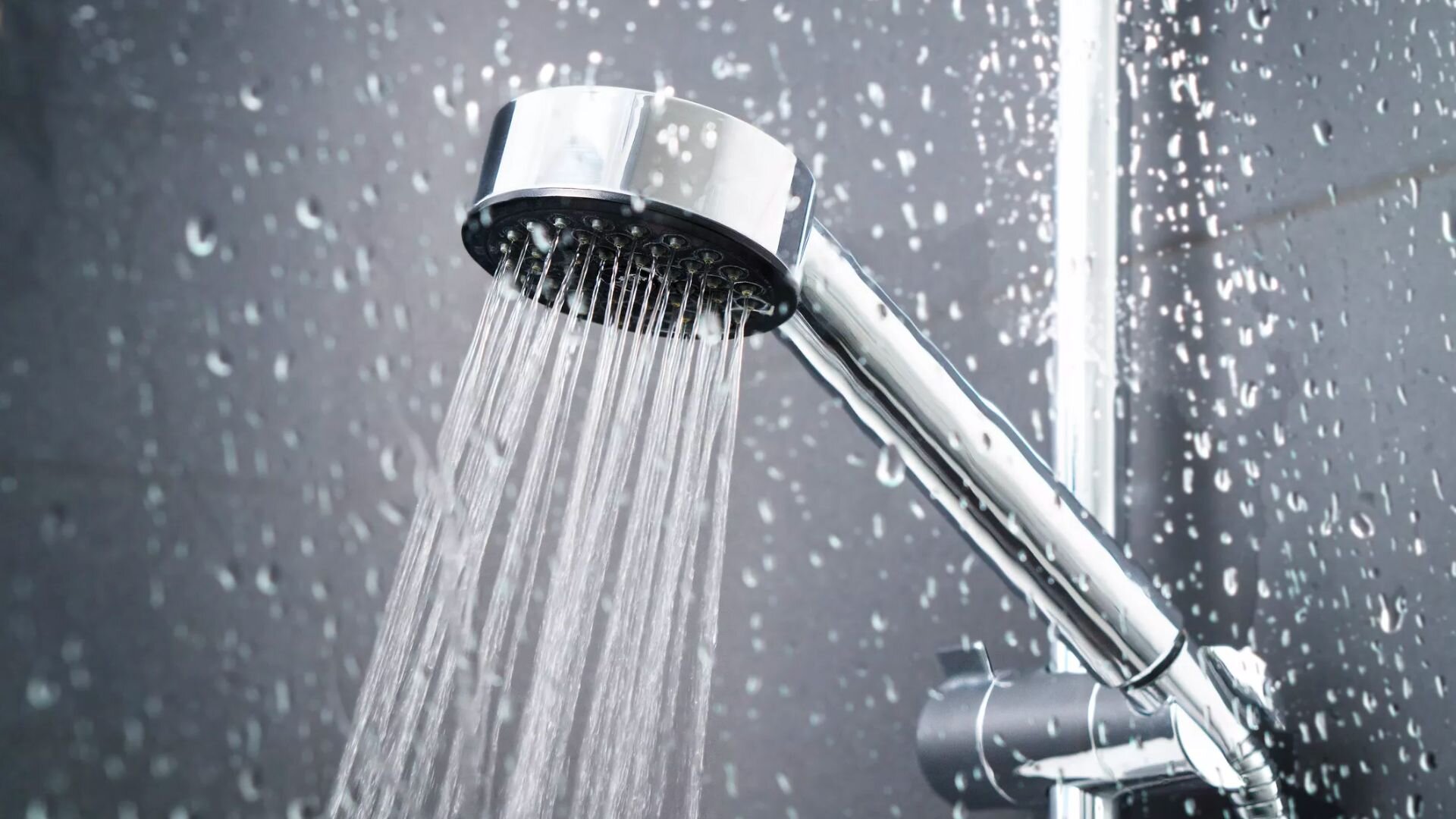
It could indicate low water pressure when you struggle to water your outdoor spaces effectively. More pressure can make it challenging to water plants, clean walkways, or perform other outdoor tasks that require a steady water flow.
If the water level in your toilet bowl seems lower than usual after flushing, it’s likely due to low water pressure. Inadequate pressure can affect the proper functioning of toilet flush mechanisms.
Low water pressure might result in soap residue and shampoo not being rinsed off thoroughly. This can leave you feeling less clean after showers and baths.
Filling up large pots, buckets, or containers might become cumbersome when dealing with low water pressure. It can take longer to get the desired amount of water.
If you notice any of these signs, it’s essential to identify the underlying cause of the low water pressure. The issue could originate from your municipal water supply, plumbing system, or mineral deposits clogging the pipes. Consulting a professional plumber can help diagnose the problem accurately and implement the necessary solutions to restore optimal water pressure in your home.
Upgrading your plumbing fixtures and pipes can offer significant improvements in both functionality and efficiency for your home’s water system. Older pipes and fixtures can often lead to leaks, reduced water pressure, and contamination.
Investing in modern plumbing materials and fixtures can enhance water flow, reduce the risk of leaks, and increase the overall value of your property. New pipes, such as those made from copper or PEX, are more corrosion-resistant and can provide better water quality.
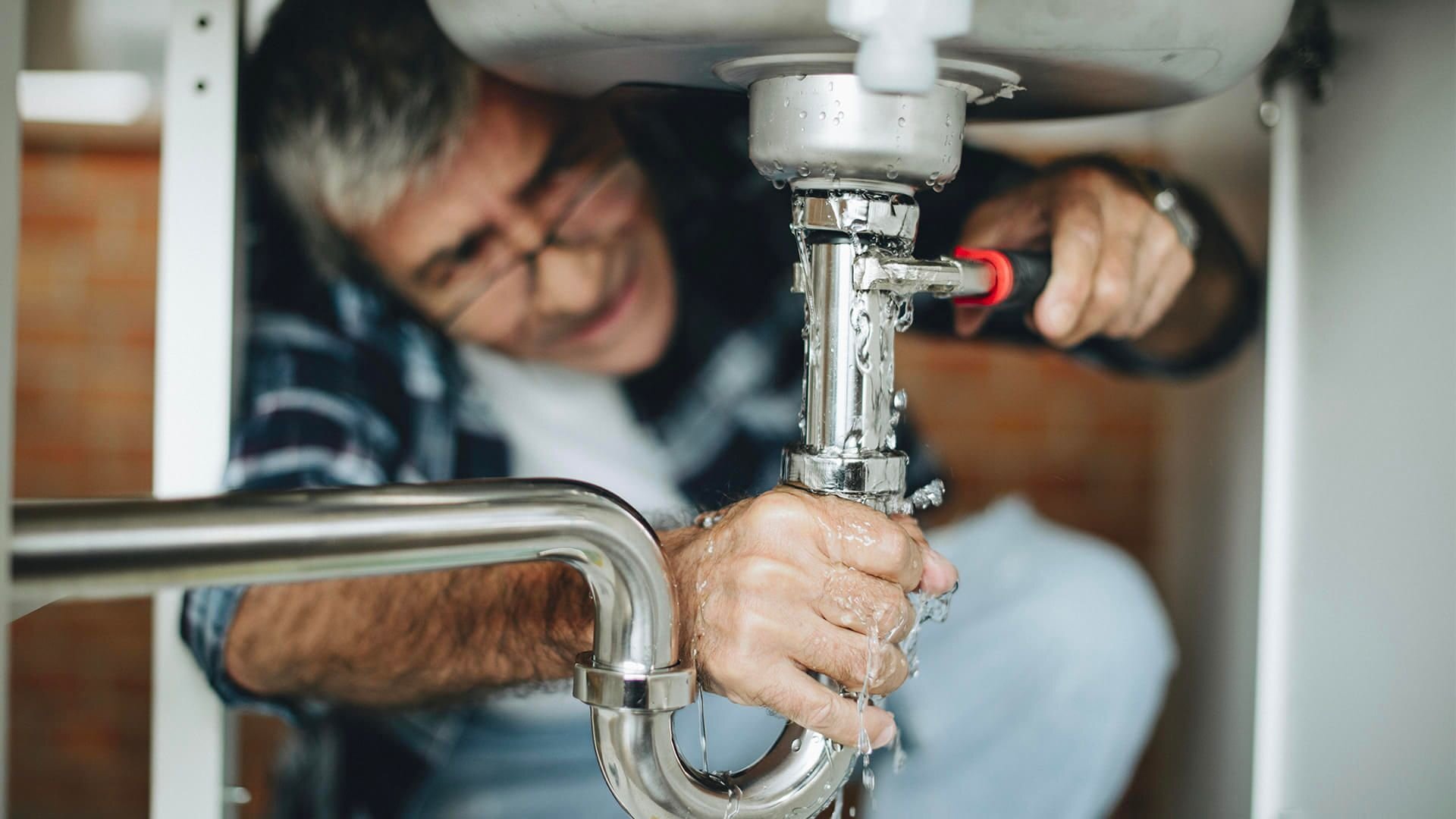
Upgraded fixtures like low-flow toilets and faucets conserve water and contribute to lower utility bills. Whether aiming for improved water pressure, water conservation, or simply a more updated aesthetic, upgrading your plumbing components is a practical step toward a more comfortable and sustainable living environment.
For a successful upgrade, it’s wise to consult a professional plumber. They can offer expert advice tailored to fit your needs and make sure your transition to a new, improved plumbing system is seamless.
Mineral deposits, sediment, and debris can build up in your faucets, showerheads, and aerators over time, restricting water flow. Regular inspections and thorough cleanings can help maintain optimal water flow. A partially open main water valve can also decrease water pressure throughout the house, so ensure it is fully open. Consider replacing old showerheads with newer models designed to conserve water while maintaining pressure. Over time, pipes can accumulate rust and mineral deposits, restricting water flow. If you are comfortable with basic plumbing, you may wish to clean or replace sections of pipes causing the issue.
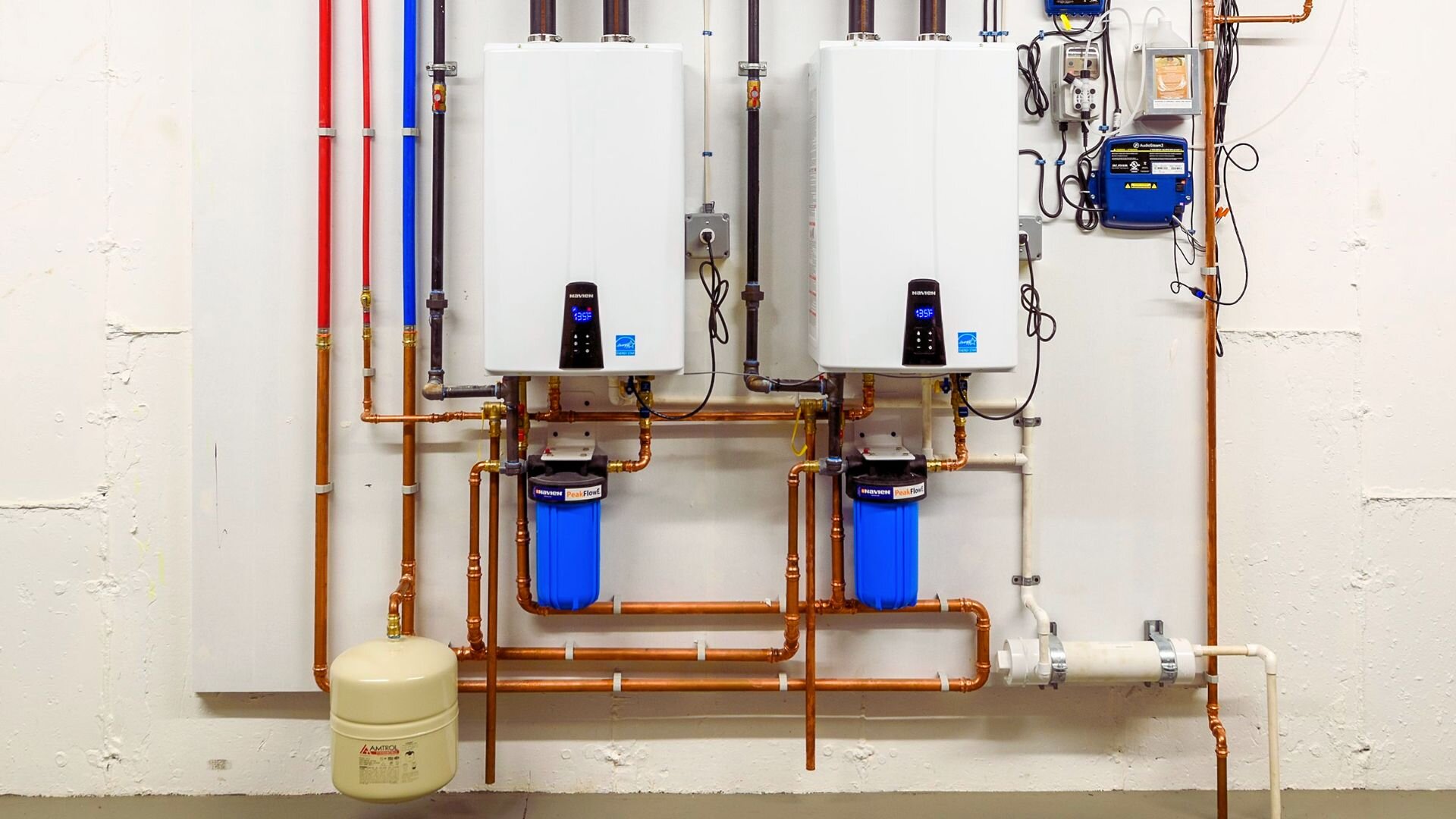
In addition to maintaining your plumbing system, a few hardware upgrades can significantly improve water pressure. For instance, a water pressure booster pump can increase water pressure throughout your plumbing system.
However, proper installation is key, and consulting a professional is advisable. You should also check if your home’s pressure regulator or pressure-reducing valve is functioning correctly, as it could cause low water pressure if malfunctioning. Also, if your home has a water softener, ensure it’s operating as intended, as improperly functioning systems can reduce water pressure.
Consider upgrading to a high-pressure showerhead designed to maximise water pressure without increasing water usage. Regularly inspect your plumbing system for leaks — even small ones — and address them promptly to prevent a decrease in pressure. If your DIY efforts don’t yield satisfactory results or you are uncomfortable with plumbing tasks, consider consulting a professional plumber who can diagnose the issue accurately and recommend appropriate solutions.
Getting the perfect water pressure at home is simpler now thanks to advanced plumbing upgrades. These innovative solutions give homeowners the chance to enjoy strong water flow, making daily routines more efficient and satisfying.
By incorporating modern technology and engineering, these upgrades address the challenges of low pressure with precision. From water pressure boosters systems that intelligently regulate and amplify water flow to specialised pipe coatings that minimise friction and maximise throughput, these advanced options are designed to deliver consistent water pressure to every corner of your home. These advanced plumbing upgrades can elevate your water pressure experience, offering comfort and convenience significantly enhancing overall water system performance.
Don’t let low water pressure dampen your daily routines and household tasks. Upgrading your plumbing system for better water pressure can transform your living experience.
From innovative water pressure booster pump solutions to advanced pipe upgrades, the key to enjoying consistent and robust water flow is at your fingertips. At WP Plumbing, we’re here to help you navigate these upgrades and find the best solutions tailored to your home’s needs.
Say goodbye to feeble showers and slow-filling sinks – contact us today to take the first step towards elevating your water pressure and enhancing your home comfort. Your revitalised water pressure journey awaits!
Is water running out of a tap at high speed? When left unchecked, high water pressure can lead to serious plumbing issues. Check out our guide to learn more!
Excessive high water pressure can wreak havoc on your plumbing system. Learn how to recognize and tackle this issue effectively.
Have you turned on your shower to discover there is no hot water pressure? We are here to help with this guide to why your shower may have low water pressure!
